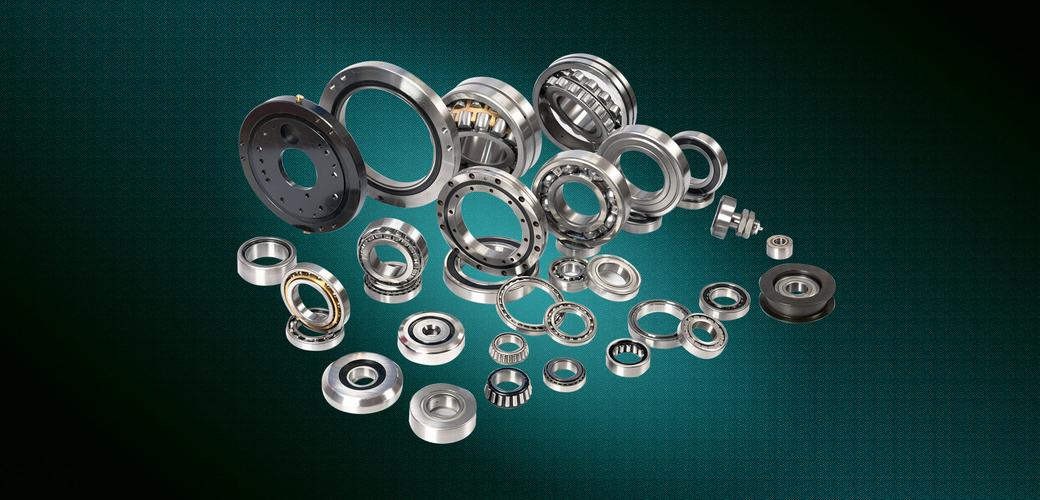Top 5 Essential Guide to High Temperature Industrial Bearings: Materials, Maintenance, and Best Practices
High temperature industrial bearings are specialized components designed to withstand extreme heat environments common in industries like steel production, cement manufacturing, and power generation. These bearings maintain structural integrity and operational efficiency even when exposed to temperatures exceeding 300°C, ensuring reliable performance in critical applications.
Table of Contents
1. high temperature bearing materials2. industrial bearing cooling methods
3. extreme heat bearing lubrication
4. bearing failure in high temps
5. ceramic vs steel high temp bearings
1. High Temperature Bearing Materials

Selecting appropriate materials is crucial for high temperature industrial bearings. Specialty steel alloys containing chromium, molybdenum, and tungsten maintain hardness at elevated temperatures. Silicon nitride ceramic bearings offer superior heat resistance up to 800°C with minimal thermal expansion. Hybrid bearings combining steel races with ceramic balls provide excellent thermal stability. Advanced polymer composites using PEEK or PTFE matrices withstand continuous operation at 250-300°C while reducing friction. Material selection must consider thermal conductivity, oxidation resistance, and load capacity specific to application requirements.
2. Industrial Bearing Cooling Methods
Effective cooling systems prolong bearing life in high-heat environments. Air cooling using compressed air jets reduces surface temperatures by 15-20%. Oil mist lubrication systems simultaneously lubricate and cool bearing surfaces. Water-cooled housings with integrated cooling channels maintain optimal operating temperatures. Thermal barrier coatings minimize heat transfer to bearing components. Active monitoring systems with infrared sensors automatically trigger cooling mechanisms when temperatures exceed preset thresholds.
3. Extreme Heat Bearing Lubrication
High-temperature lubricants must maintain viscosity and prevent oxidation. Synthetic PAO-based oils withstand temperatures up to 180°C, while silicone-based greases perform at 200-250°C. Solid lubricants like graphite or molybdenum disulfide work above 300°C. Automatic lubrication systems ensure consistent grease replenishment. Lubricant selection criteria include drop point temperature, shear stability, and compatibility with bearing materials. Regular lubrication analysis helps detect degradation and optimize maintenance schedules.
4. Bearing Failure in High Temps
Common failure modes include thermal expansion mismatches, lubricant breakdown, and material fatigue. Early warning signs include abnormal noise, increased vibration, and discoloration. Thermal shock from rapid temperature changes causes microcracking. Preventive measures include proper clearance adjustments, thermal expansion compensation designs, and regular infrared inspections. Failure analysis techniques help identify root causes and implement corrective actions.
5. Ceramic vs Steel High Temp Bearings
Ceramic bearings offer 3-5 times longer lifespan than steel in extreme heat but cost 4-7 times more. Steel bearings handle higher loads but require more intensive cooling. Hybrid solutions balance cost and performance. Electrical insulation properties make ceramics ideal for electrically charged environments. Thermal expansion coefficients differ significantly (ceramics: 3.2×10⁻⁶/°C vs steel: 11×10⁻⁶/°C), affecting clearance design. Application-specific selection requires evaluating temperature range, load type, RPM, and environmental conditions.
Understanding these five critical aspects of high temperature industrial bearings can significantly impact your operational efficiency. From material science breakthroughs to advanced cooling techniques, each element contributes to bearing longevity in extreme conditions. Whether you're combating lubricant degradation or evaluating ceramic alternatives, this comprehensive guide provides actionable insights for engineers and procurement specialists. Continue reading to discover implementation strategies and maintenance protocols that can reduce downtime by up to 40% in high-heat industrial applications.
This guide comprehensively explores high temperature bearing solutions, covering material selection, thermal management strategies, lubrication innovations, failure prevention, and technology comparisons. By implementing these best practices, industries can achieve 30-50% longer bearing service life, reduce maintenance costs by 25%, and improve overall system reliability in extreme thermal environments.




 13869596835
13869596835